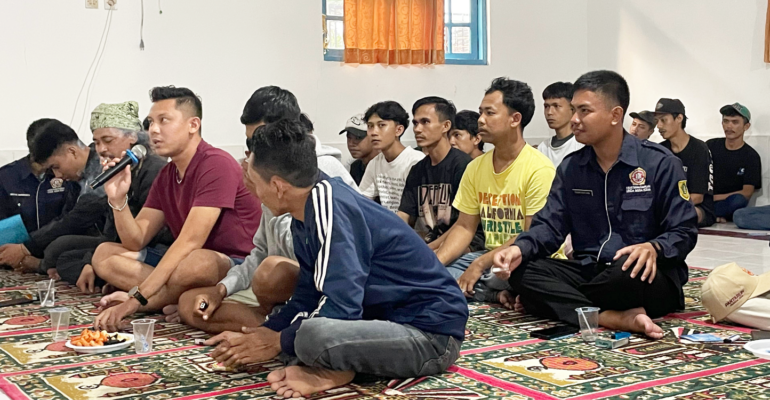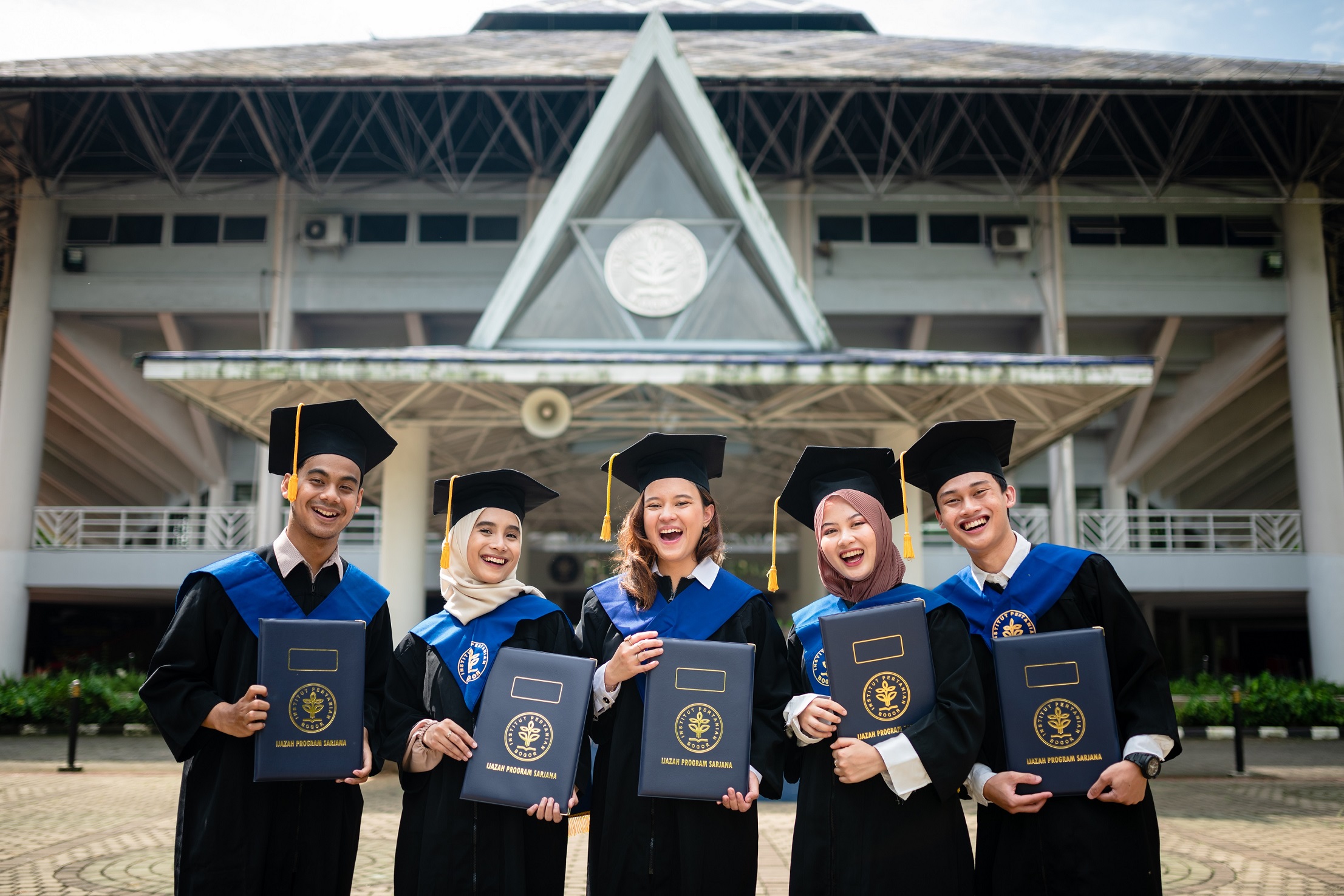Implementing Smart Agriculture, Team PPKO BEM FPIK IPB Socialises RAS Cultivation Technology in Ciampea Udik Village

IPB University students, Strengthening the Capacity of Student Organizations Program (PPK Ormawa) of the Student Executive Board (BEM) of the Faculty of Fisheries and Marine Sciences (FPIK), conducted a socialisation of smart agriculture in Kebon Kopi Village, Ciampea Udik Village, Bogor Regency, West Java (7/7).
This activity is in order to support the progress of the fisheries sector through the touch of innovative technology. This activity aims to introduce the Recirculation Aquaculture System (RAS) as a modern and efficient solution in fish farming.
Fahrizal, a student representative, said that RAS technology is a fish farming method that uses a closed water circulation system. “With this system, water quality can be maintained, so fish can grow better and healthier. In addition, the use of water becomes more efficient and can minimise waste,” said the member of the research division of PPK Ormawa BEM FPIK IPB University.
The socialisation was attended by 33 youths of Ciampea Udik Village. They were given an understanding of the meaning of smart and integrated agriculture to maximise land use and save energy with existing technology. Fahrizal said, the application of smart agriculture can reduce risks and facilitate management to produce optimal products.
During the Q&A session, one of the participants, Faruk, asked a question about the stocking density of the RAS pond installation. “How many fish can be stocked in the RAS system cultivation pond, how long does it take for maintenance and how much weight is the fish ready to harvest?” he asked.
Responding to the question, Fahrizal explained that the density of fish in the RAS system can reach 100 fish per square metre. Harvest time can be faster at around 3-4 months, with fish weighing 1 kilogram for every 3-4 fish.
“The pond we use is round with a diameter of 2.5 metres, so it can accommodate around 300-350 fish. The length of tilapia rearing depends on the size of the initial seedlings, if the size is 10-12 centimetres, it can be harvested in 3-4 months with a fish weight of about 1 kilogram for 4 fish,” he added.
Faruk again asked, “What kind of fish should be cultivated in the RAS pond?”
“The best fish to be cultivated in the RAS system at the moment is tilapia. Tilapia has a fast growth rate so the rearing period is shorter, its survival rate is also high, and its market price tends to be stable,” Fahrizal replied.
With this socialisation, he and his team hope that the youth in Ciampea Udik Village can adopt RAS technology and get maximum benefits in their fish farming business. “This activity is a form of real contribution from the PPK Ormawa BEM FPIK IPB University team in empowering the community and supporting sustainable fisheries development in Indonesia,” he concluded. (*/Rz) (IAAS/RSL)



